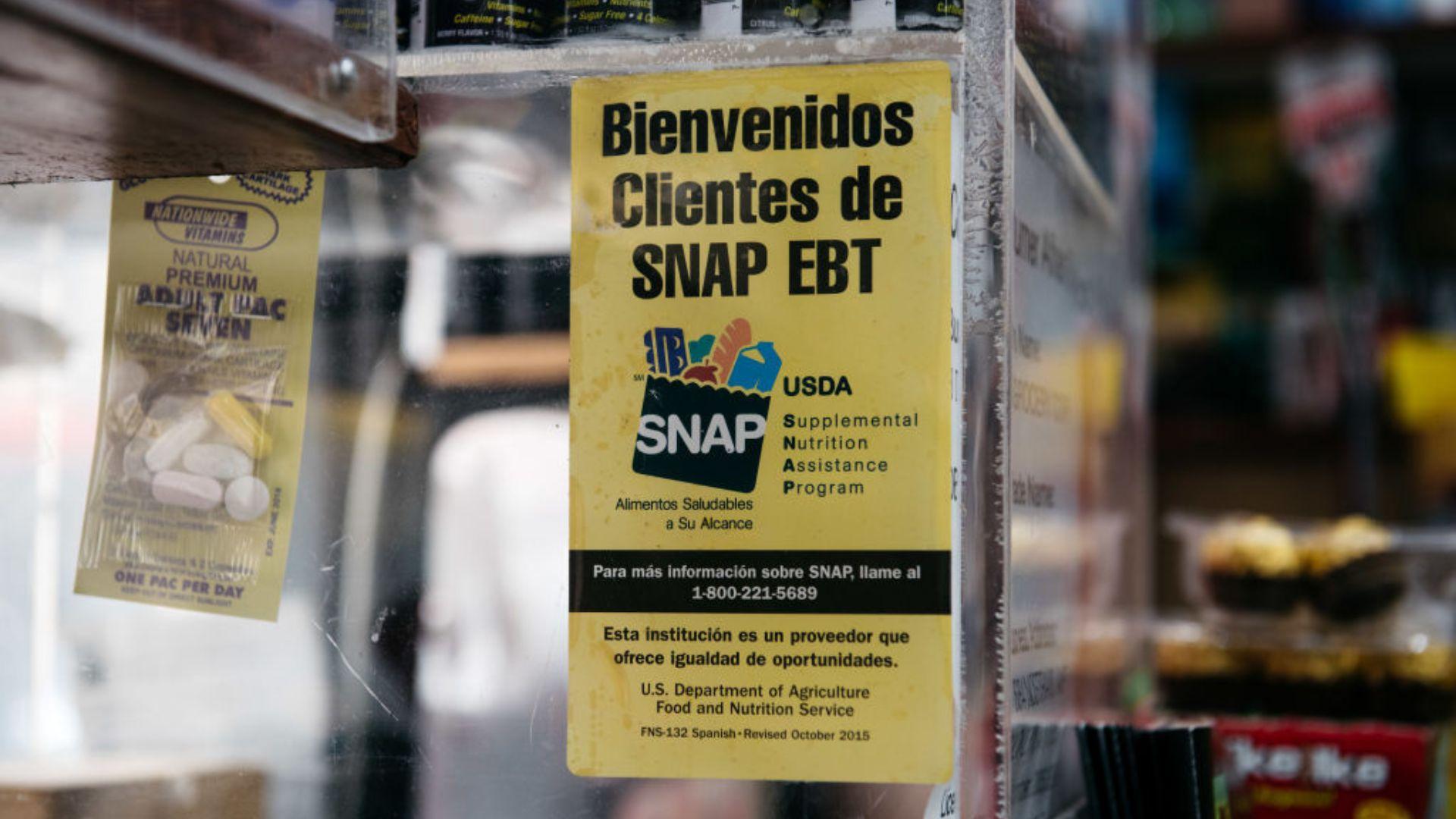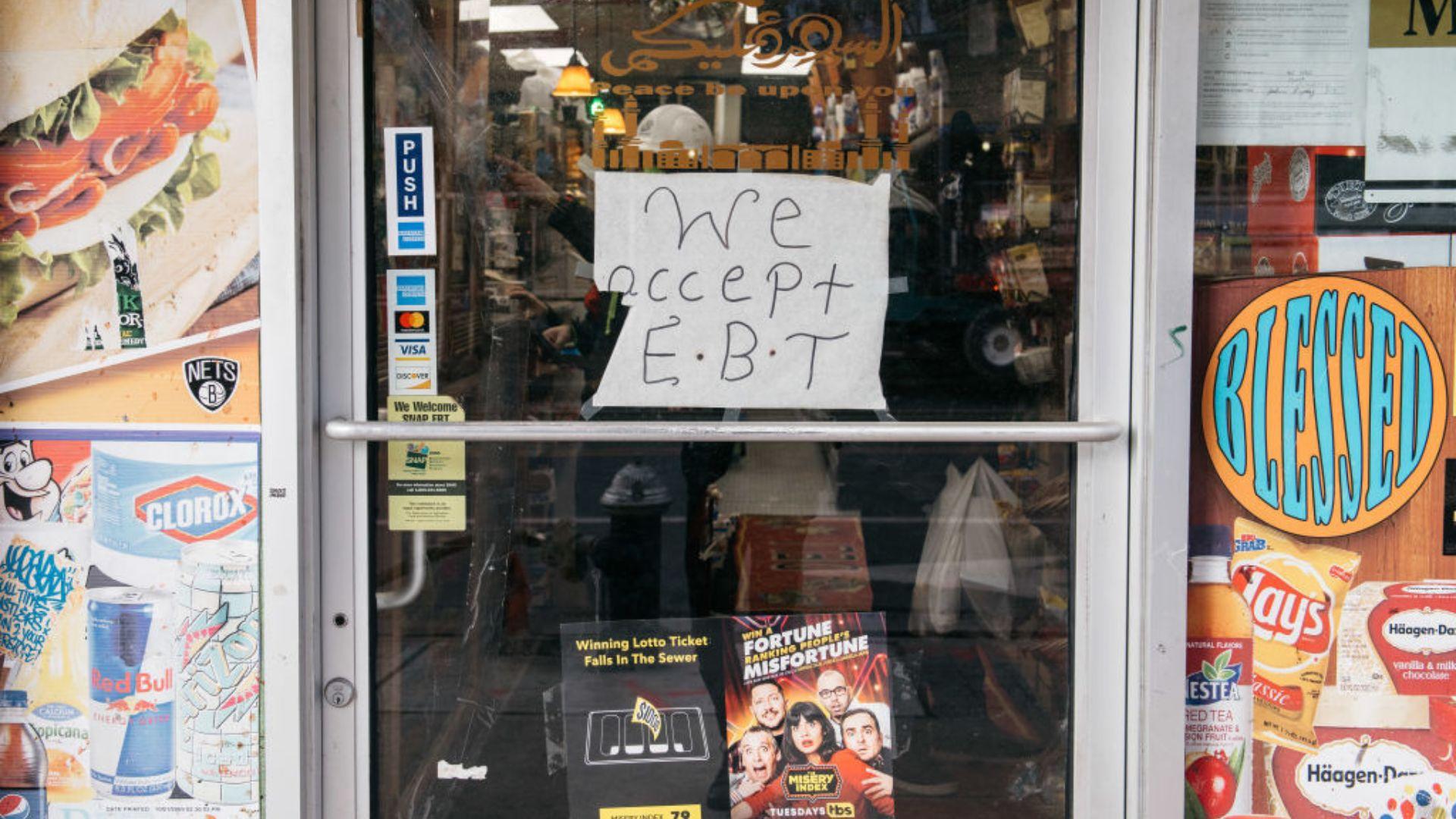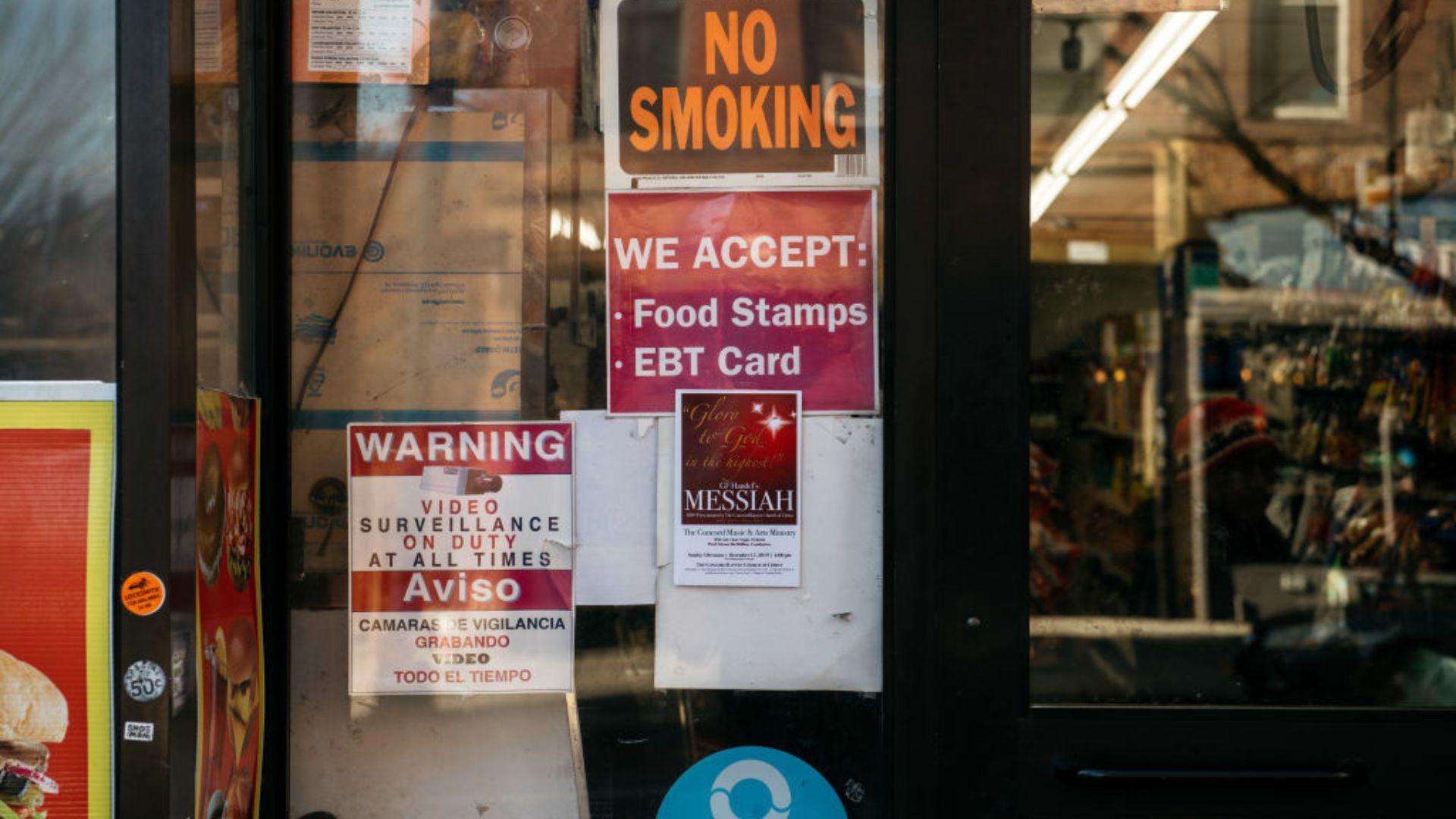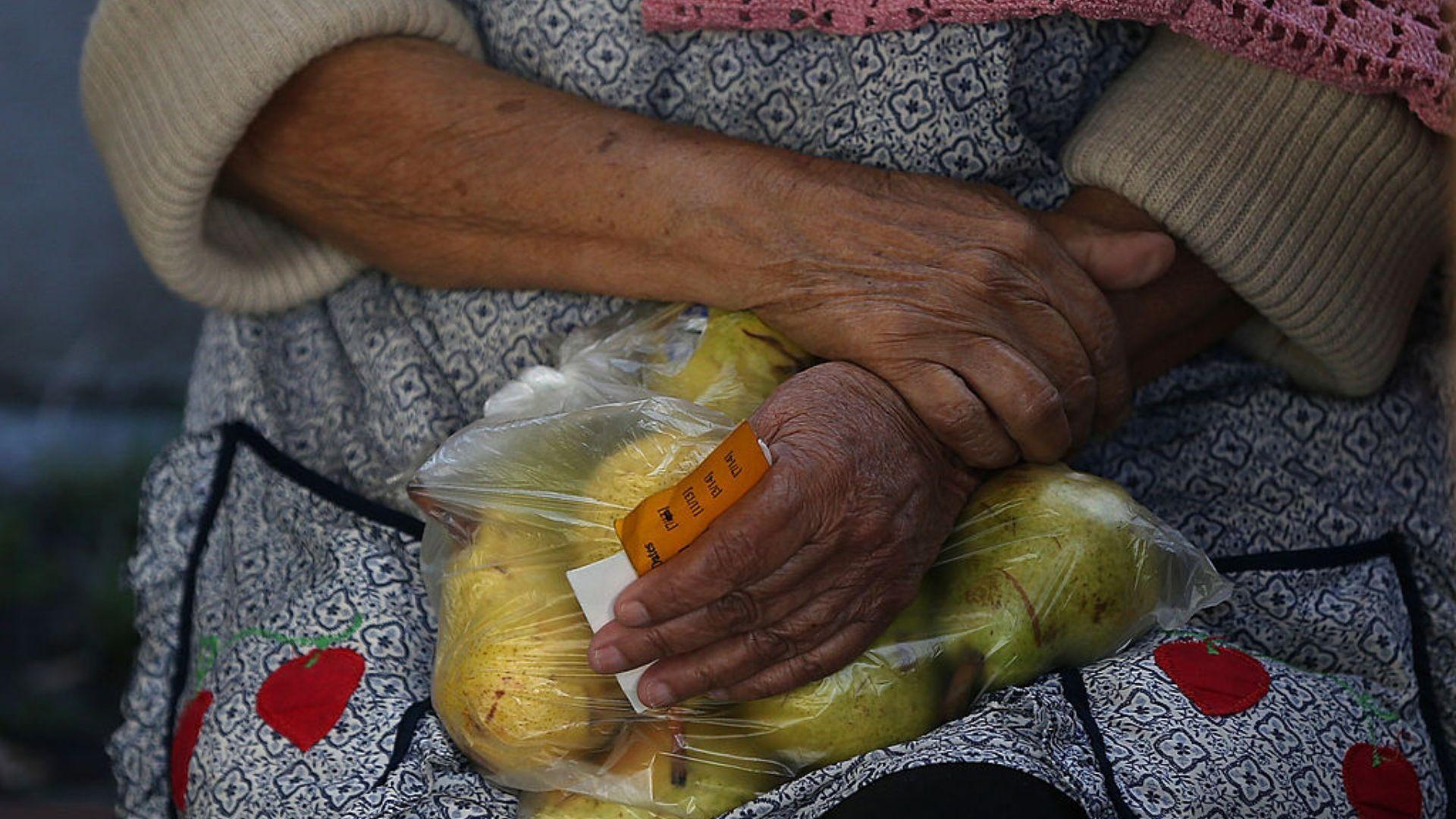In 2023, the Supplemental Nutrition Assistance Program, better known as SNAP, underwent updates to its income eligibility requirements.
The primary purpose of this program is to provide nutritional support to qualifying low-income households, and the criteria for participation is largely based on income.
The History of SNAP

Before the current Supplemental Nutrition Assistance Program (SNAP) system, beneficiaries received physical food stamps.
Over time, technological advancements led to the introduction of the Electronic Benefits Transfer (EBT) cards, which modernized the process of purchasing food through the program.
Administration of the SNAP Program

While the U.S. Department of Agriculture oversees SNAP at the federal level, the actual administration and disbursement of the benefits are the responsibility of individual states.
This structure ensures that each state can tailor the program to its unique needs.
Income Eligibility for SNAP

To qualify for SNAP benefits, potential beneficiaries must meet specific income requirements.
One’s income should either align with the U.S. poverty level or be no more than 130% of this threshold. The exact amount varies depending on the size of the household.
Importance of Household Size

Household size plays a significant role in determining SNAP eligibility.
Larger households have a higher income limit, meaning that as the number of household members increases, so does the income ceiling to qualify for benefits.
Key Changes in 2023

On October 1, 2022, new income levels were established for SNAP in 2023.
These changes, based on updated fiscal data, reflect the evolving economic conditions and aim to provide appropriate assistance to the most vulnerable sections of society.
Benefits for the Mainland States

In a memo released by the USDA in August, it was announced that for a family of four living in the 48 contiguous states and D.C. the maximum SNAP benefits would amount to $939.
This figure is significant for families relying on this assistance for their daily nutritional needs.
SNAP Benefits in Alaska

In the unique economic and geographic conditions of Alaska, SNAP benefits are adjusted to account for variations in living costs.
In 2023, a family of four in Alaska could receive benefits ranging from $1,172 to $1,819, providing essential support in a state with higher living expenses.
Adjustments for Hawaii

Hawaii, with its distinct economic challenges, also sees adjustments in SNAP benefits.
A family of four in Hawaii is eligible for benefits up to $1,794, reflecting the higher cost of living in the region.
Guam and U.S. Virgin Islands

SNAP Provisions In 2023, families of four in Guam can access SNAP benefits up to $1,385. Similarly, those in the U.S. Virgin Islands are eligible for a maximum of $1,208.
These figures, as with other states and territories, are carefully calculated to meet the specific needs of each area.
Minimum SNAP Benefits

Beyond the maximum benefit amounts, it’s also important to note the minimum benefits provided by SNAP. For the 48 states and D.C. the minimum benefit has been set at $23.
This floor also sees proportional adjustments in Alaska, Guam, Hawaii, and the U.S. Virgin Islands.
Conclusion on SNAP 2023

The SNAP program in 2023, with its revised income levels and benefit amounts, continues to be a vital resource for many American families.
It ensures that despite economic challenges, they have access to essential nutritional support.
